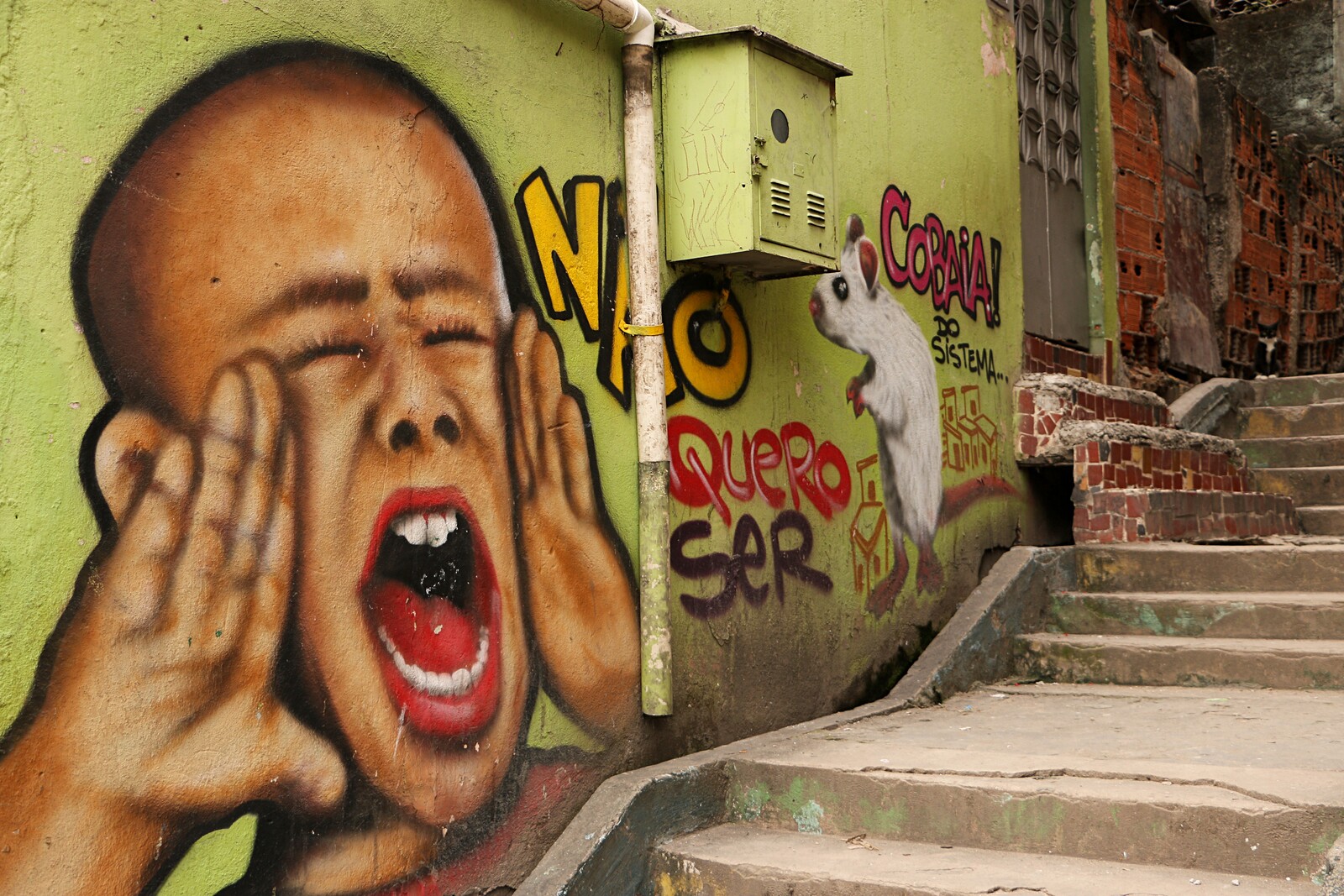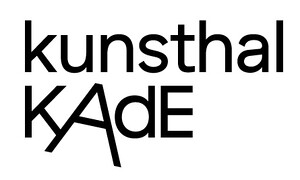May 21–August 28, 2016
Eemplein 77
3812 EA Amersfoort
Netherlands
T +31 33 422 5030
This summer, Kunsthal KAdE presents Soft Power. Arte Brasil.—a major exhibition featuring a range of 38 contemporary Brazilian artists and artists’ groups working on issues currently facing their country. The exhibition is prompted by the prospect of the Rio Olympics: the second global sporting event to be hosted by Brazil within a few years, following the FIFA World Cup in 2014. In Soft Power. Arte Brasil., Kunsthal KAdE asks what sort of country chooses to showcase itself in this way. Part of the answer to that question can be found in the work of the visual artists and artist collectives currently active in Brazil. Their art addresses a wide variety of issues, from the position of indigenous peoples in the north of the country to the water shortages in São Paolo and government economic policies.
Soft Power. Arte Brasil. is composed of two elements: “walls” created especially for the exhibition and, arranged between them, works by individual artists.
Brazil’s urban environment has seen great changes in recent decades. Since the military dictatorship ended in the 1980s, the Brazilians have reclaimed the streets (as one professor at the University of Leiden puts it). Residents have reverted to playing an active role in the life of the city. This, plus the slow but steady improvement in the position of the black and indigenous populations, has produced both a new street scene and a different use of public space. Black and indigenous people now have jobs and better housing, making them players in city neighbourhoods where they were previously virtually invisible. As part of this change, “walls” have become a means of communication and a platform for self-expression. They are now “canvases” for huge murals and a new and specific type of graffiti called Pixacao: hieroglyphic-like tags, often painted just below the roof-line and acting as a means of coded communication between street gangs.
But there are also “walls” of another kind: divisions between the “haves” and the “have-nots.” Some residential developments are now surrounded by high walls, turning them into secure gated communities for the wealthy. One of the earliest examples was Alphaville, outside São Paulo. On the other hand, the disadvantageous segregation of indigenous peoples creates invisible “walls” shutting them in.
Walls are also frequently used in an ornamental way. The murals mentioned above are one example of this, but decorative wall surfaces also have a place within architecture. Many of Oscar Niemeyer’s buildings feature walls with tiled patterns designed by Athos Bulcão.
The Soft Power title of the exhibition derives from the 2004 book Soft Power, the means to success in world politics by American political scientist Joseph S. Nye, Jr. (b. 1937). Nye describes the Soft Power method as a way of influencing people’s behaviour in order to achieve your own goals. It is a tactic that works indirectly and by roundabout routes to nudge the context within which people take decisions.
Participating Brazilian artists:
Efrain Almeida (b. 1964) / Jonathas de Andrade (b. 1982) / Lucas Arruda (b. 1983) / assume vivid astro focus (Eli Sudbrack (b. 1968) & Christophe Hamaide Pierson (b. 1973)) & Lenora de Barros (b. 1953) / Tonico Lemos Auad (b. 1968) / Rodrigo Braga (b. 1976) / Athos Bulcão (1918–2008) / Angelo Campos (b. 1981) / chameckilerner (Rosane Chamecki (b. 1964) & Andrea Lerner (b. 1966) / Marcos Chaves (b. 1961) / Sandra Cinto (b. 1968) / Favela Painting (Haas & Hahn) / Frente 3 de Fevereiro (group) / Grafica Fidalga (group) / Cristiano Lenhardt (b. 1975) / Cinthia Marcelle (b. 1974) / Cinthia Marcelle (b. 1974) & Tiago Mata Machado (b. 1973) / Marcellvs L. (b. 1980) / Thiago Martins de Melo (b. 1981) / Virginia De Medeiros (b. 1973) / Gisela Motta (b. 1976) & Leandro Lima (b. 1976) / Paulo Nazareth (b. 1977) / Maria Nepomuceno (b. 1976) / Rivane Neuenschwander (b. 1967) & Cao Guimarães (b. 1965) / Paulo Nimer Pjota (b. 1988)/ OPAVIVARÁ! (group) / Poro (Brígida Campbell, (b. 1981) & Marcelo Terça-Nada!, (b. 1978) / Sara Ramo (b. 1975) / Marina Rheingantz (b. 1983) / Arthur Scovino (b. 1980) / Beto Shwafaty (b. 1977) / Gustavo Speridião (b. 1978) / Adriana Varejão (b. 1964) / Paulo Vivacqua (b. 1971) / Roberto Winter (b. 1983) / Carla Zaccagnini (b. 1973)


